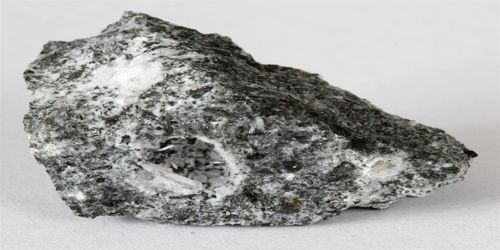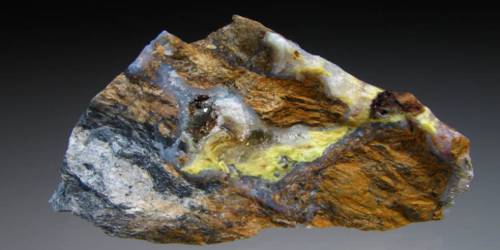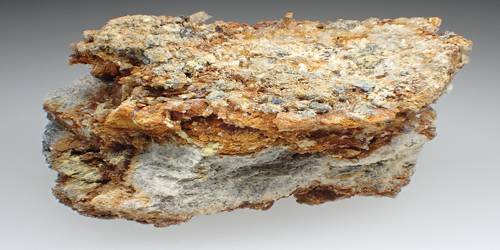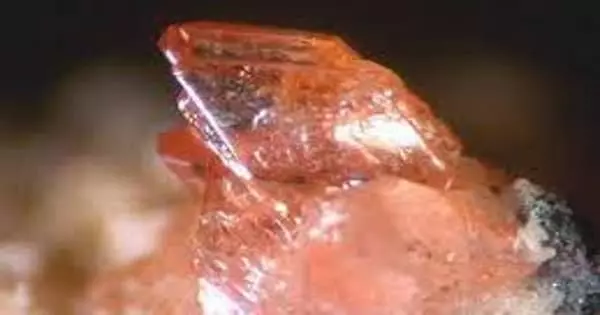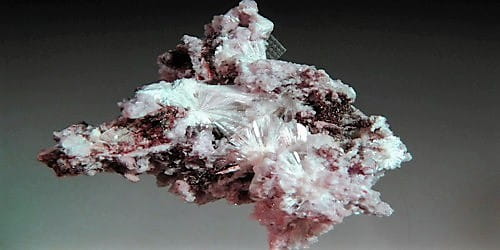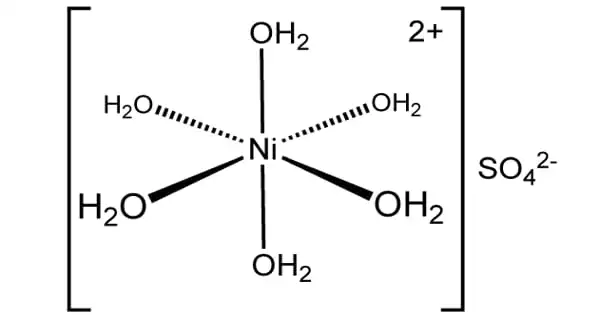Kassite is a rare mineral whose chemical formula is CaTi2O4(OH)2. It was first described in 1965 in the Afrikanda pyroxenite massif, a formation on Russia’s Kola Peninsula and was named for Nikolai Grigorievich Kassin (1885–1949), a prominent Russian geologist.
It occurs as miarolitic cavity fillings of alkalic pegmatites in the Kola occurrence and in nepheline syenite in the Magnet Cove igneous complex of Arkansas, US. Its mineral association includes cafetite, perovskite, titanite, rutile, and ilmenite.
General Information
- Category: Hydroxide mineral
- Formula: CaTi2O4(OH)2
- Crystal system: Monoclinic
- Crystal class: Prismatic (2/m) (same H-M symbol)
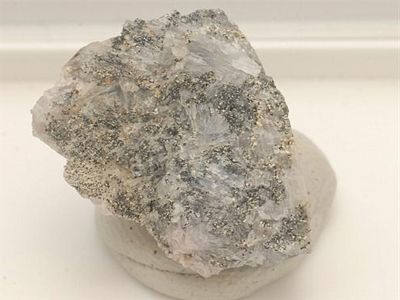
Fig: Kassite
Properties
Kassite crystals are brownish pink to pale yellow in color, are translucent, and have an adamantine luster. Cleavage is distinctly visible, and the crystals are very brittle. It crystallizes in the orthorhombic crystal system and forms radiating rosettes and pseudo-hexagonal tabular crystals which are commonly twinned.
- Formula mass: 235.09 g/mol
- Color: Brown red, colorless, light yellow
- Crystal habit: Pseudo hexagonal
- Cleavage: {010} Perfect, {101} Indistinct
- Fracture: Brittle
- Tenacity: Very Brittle
- Mohs scale hardness: 5
- Luster: Adamantine
- Streak: White
- Specific gravity: 3.42
- Density 42
Occurrence: Lining miarolitic cavities in alkalic pegmatites (Afrikanda massif, Russia); in nepheline syenite (Diamond Jo quarry, Arkansas, USA).
Association: Cafetite, perovskite, titanite (Afrikanda massif, Russia); perovskite, rutile, ilmenite, titanite (Josephine Creek, Oregon, USA).
Information Source:
